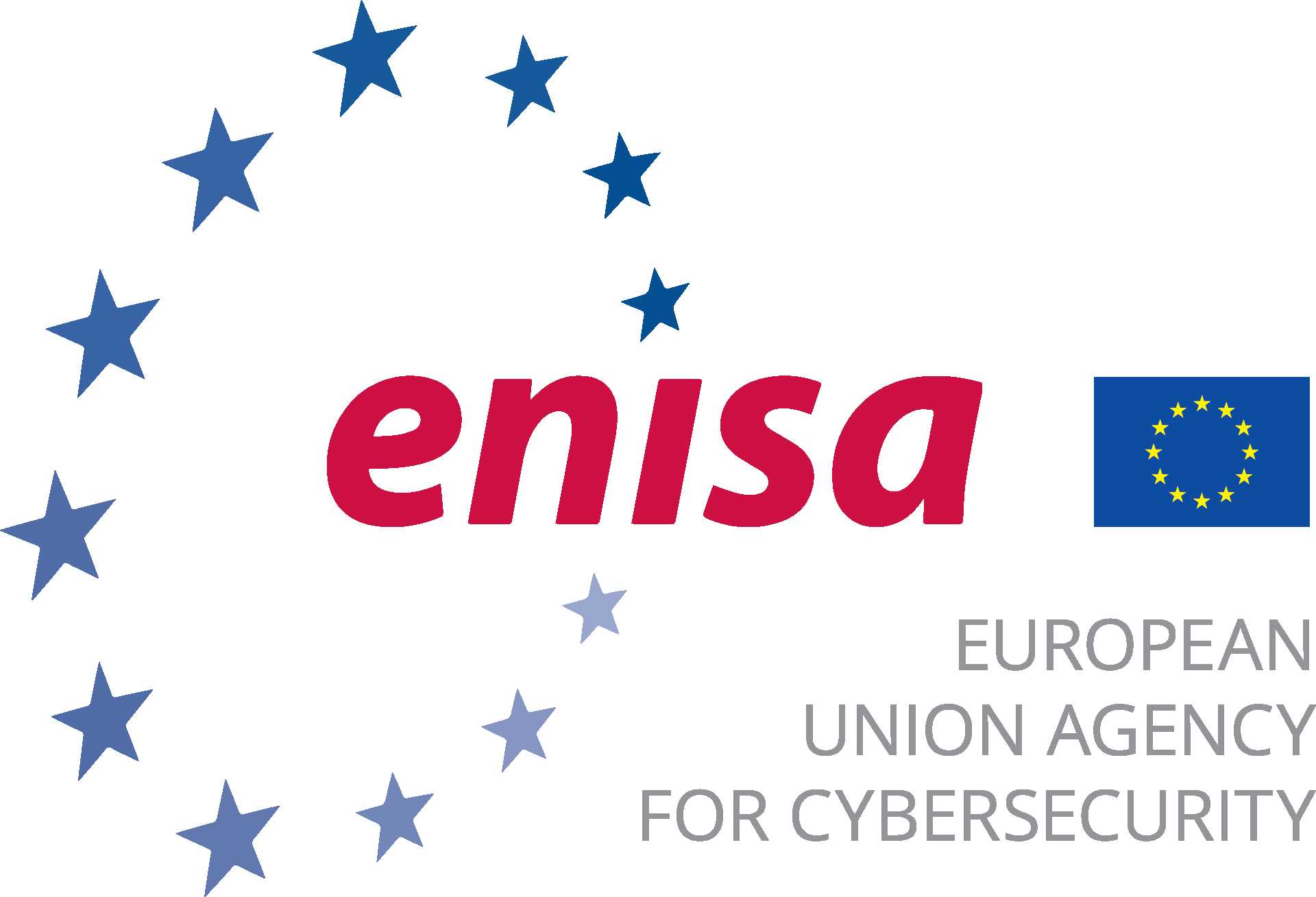Zero Trust Cybersecurity Foundation
A few hours
Intermediate
Course details
Zero Trust in Cybersecurity is a rapidly growing concept and it has become part of the cybersecurity risk measures required by regulations. This course provides an overview of Zero Trust (ZT) and Zero Trust Architecture (ZTA), covering the fundamental principles, components, and recommended strategies for designing and implementing a Zero Trust security model. By following the guidelines outlined in the NIST standard SP 800-207, participants will gain the knowledge necessary to effectively safeguard resources and mitigate the potential for data breaches and cyber attacks.
Target audience
The primary roles identified as the target audience for this course, as defined in the European Cybersecurity Skills Framework (ECSF), are:
- Cybersecurity Architect: Plans and designs security-by-design solutions (infrastructures, systems, assets, software, hardware and services) and cybersecurity controls.
- Chief Information Security Officer (CISO): Manages an organisation’s cybersecurity strategy and its implementation to ensure that digital systems, services and assets are adequately secure and protected.
Learning objectives
- Understand the foundations of Zero Trust (ZT) and Zero Trust Architecture (ZTA)
- Explain ZTA’s objectives and benefits
- Discuss possible planning considerations before implementing a ZTA
- Distinguish between the different ZTA implementation options
- Describe ZT use cases and applications
This content is offered by the European Union Agency for Cybersecurity (ENISA). ENISA is is the Union's agency dedicated to achieving a high common level of cybersecurity across Europe.

Schedule
- Elearning and Quiz



